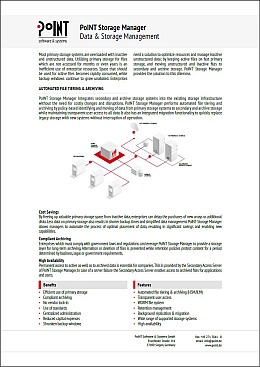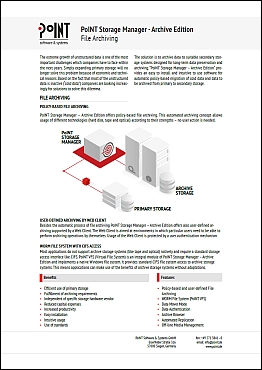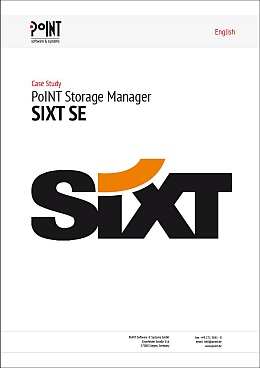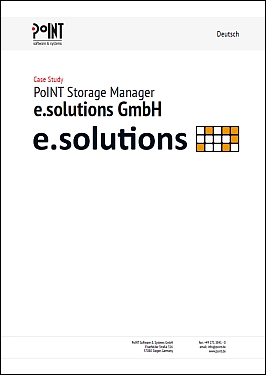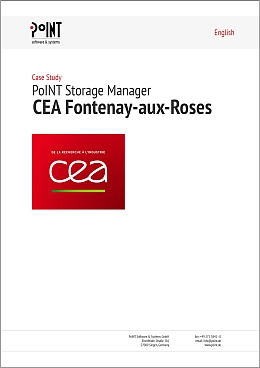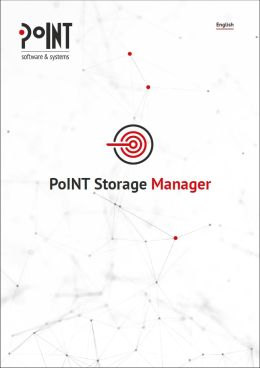Data growth is constantly increasing. As a result, the costs of data and storage management are getting more and more into focus. The central questions are:
- How can the storage infrastructure be made as efficient and cost-optimized as possible?
- How can it simultaneously meet the respective characteristics of the data?
- Which storage technologies are suitable, for example, for backup and to meet legal requirements for data archiving?
- How is the storage of data at the optimal storage location regulated?
With the help of storage tiering and intelligent storage management, you can significantly reduce your data management costs. You also create a solid foundation for compliant data archiving. The goal of the storage strategy is to combine the different storage technologies according to their respective advantages. This allows you to design the storage infrastructure in such a way that you benefit from the specific properties of the storage media used. In this way, you optimize performance, capacity and costs.
Storage tiering and hierarchical storage management
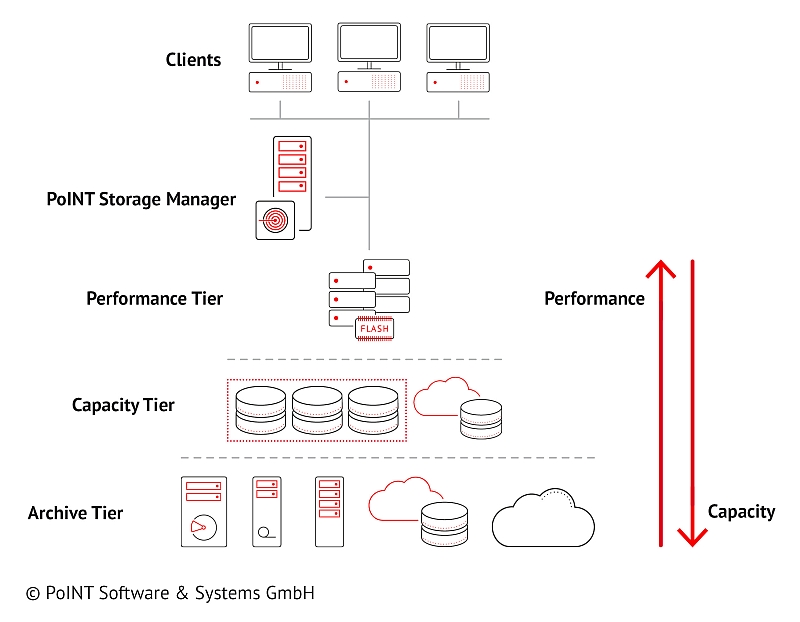
The concept of hierarchical storage management (HSM) is based on a two-dimensional storage hierarchy with three levels, or "tiers":
- performance tier
- capacity tier
- archive tier
The term "storage tiering" describes the process by which data is stored on the different storage tiers. This is done using predefined rules and criteria, such as the age of a file or access date.
In the "performance tier" high-performance storage is used: This way, the hot data, which is still frequently accessed, is available to the user as quickly as possible. The "capacity tier" is an extension of the primary storage and is characterized by a large capacity.
The "archive tier" on the other hand is intended for archiving. At this level, a storage technology is used that provides the features necessary for compliance with relevant laws and regulations:
- compliance with legal retention periods through flexible retention management
- protection against intentional or accidental alteration or deletion through Write-Once-Read-Many functions (WORM)
Tiered storage architecture and inactive data
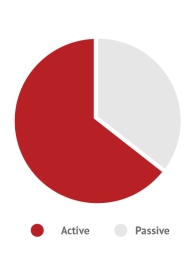
Often up to 80% of the entire data volume is inactive. Nevertheless, these cold data often occupy valuable space on the primary storage. Storage tiering is used to store the inactive data on another storage tier according to user-defined rules.
In this so-called "tiered storage architecture", data can be replicated within one and the same tier. It can also be moved to another level (= "tier"). Access to the outsourced and archived files should remain possible via the "performance tier", i.e. via the high-performance primary storage on the top storage level.
With the help of storage tiering in the context of a multi-tiered storage architecture, the primary storage is relieved. Inactive data is stored on less expensive secondary storage. The audit-compliant archiving of data is made possible by the use of suitable storage technologies at the secondary storage level.
Data and Storage Management with PoINT Storage Manager
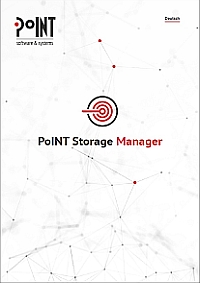
The Enterprise Edition of PoINT Storage Manager supports you in optimizing your storage infrastructure. The software distinguishes between active and inactive data. This is where the principle of Information Lifecycle Management (ILM) comes into play: For each life cycle phase of a file the appropriate storage level is determined. The software moves the files within the tiered storage architecture based on these rules. The cold data is automatically moved to the appropriate storage tiers.
The relief of primary storage is associated with considerable cost savings. If you choose appropriate storage media for the archive storage level at the same time, PoINT Storage Manager is able to realize audit-compliant archiving in accordance with legal requirements.
By means of PoINT Storage Manager you can avoid cost-intensive storage expansions and save up to 60% of your storage costs.
By the way: Do you know how much data is inactive on your storage systems? PoINT File System Analyzer is a free of charge software which enables you to examine your primary storage.

